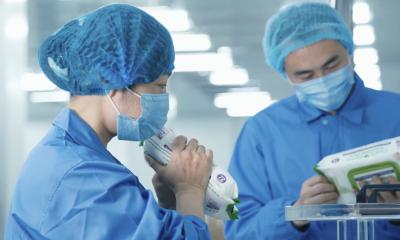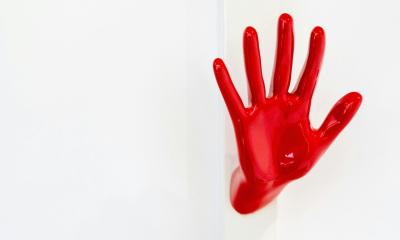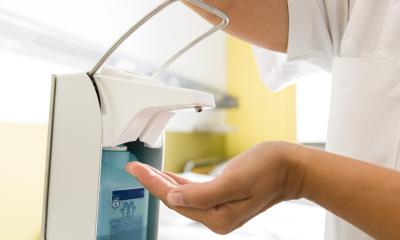Cleaning up the confusion over hand hygiene
According to Federal Office statistics around 30,000 Germans die annually due to nosocomial infections.
During an event initiated by Metsä Tissue GmbH, this March, Dr Ernst Tabori, of the Hygiene Advice Centre, Freiburg University Hospital, Dr Ulrich Stössel, medical sociologist at Freiburg University, Reinfried Sure, of the Hospital Technology Professional Organisation, Martin Scherrer, of the Institute of Hygiene and Environment, Freiburg University, and Sebastian Paulus, Vice-President of the Hospital Technology Organisation and Institute of Safety at Work, met at the Heart Centre, Bad Krozingen, agreed that not all hospital acquired infections (HAI) - including post-operative wound infections, pulmonary breathing difficulties, urinary tract infections from catheters - are 100% avoidable. However, illnesses and side effects that could cause infection risks could be avoided if standards of hygiene are maintained. Working on an interdisciplinary basis, doctors, hygienists, health Inspectors, technicians and social workers debated the problem in depth.
A hidden camera had revealed that a third of medical personnel did not wash their hands with soap and water after using the toilet, underlining the suspicion that all hospital infections are caused in this way. Participants at the event agreed that all medical personnel, as potential germ carriers, should be more careful, and that during the training of doctors and nurses, there should be greater hygiene observance. In addition, others who work with and around patients, e.g. cleaners, technicians etc. also should be trained in minimum hygiene requirements, e.g. regular hand washing, because they all come into contact with items touched by patients. And, so should visitors - particularly those from rural areas, who could also transmit germs.
It was emphasised that, because all hygiene experts do not agree on hygiene standards, there can be uncertainty among other occupational groups, which makes high cleanliness standards difficult to sustain. Greater responsibility among hospital personnel could bring about cheap, practical improvement in hygiene, rather than the more expensive technical solutions used, the group concluded. ‘What was technically possible has long been exhausted,’ Metsä Tissue added. ‘Now the time has come to have a serious rethink about preventive measures.
01.07.2006





